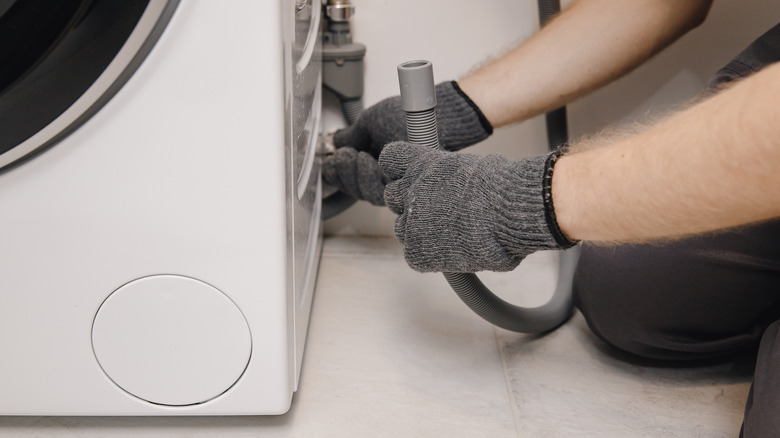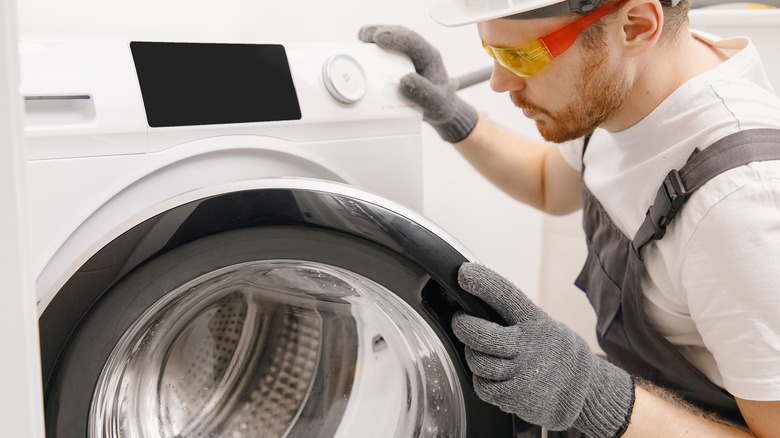Signs Your Washing Machine Drain Isn't Up To Code
Do you know that there is a standard size requirement for washing machine drains? They should be between 1 1/2 and 2 inches in size or more, depending on what's best for the load capacity. If your drain isn't working as it should, water leaks and other issues like abnormal sounds and foul odors can be signs that the drain isn't up to code. Moreover, these problems typically mean that it is draining inefficiently, clogged, or damaged in some other way.
If you observe any of these signs or have concerns about the compliance of your washing machine drain, you should consult the building codes and regulations specific to your location. These codes may vary depending on your country, state, and municipality. It is also advisable to consult a professional plumber or building inspector who can assess your drain and verify its compliance with the applicable codes. They will have the expertise and knowledge to evaluate the installation that was done and address any issues.
The drain trap and the standpipe
Two key components of a washing machine drain are the standpipe and the drain trap, and certain issues can point to problems with these parts. The drain trap is a pipe that makes a seal out of the water to prevent bad smells from getting into the home. The most common type is the P-trap, and this needs to be 6 to 18 inches. If you're experiencing bad smells from the drain, it might mean you don't have the right drain trap or it wasn't installed properly.
The standpipe is a vertical pipe that drains the machine to a sewer line. While it doesn't have standard dimensions, its trap and fixture should have a minimum diameter of 2 inches, and the fixture should connect to a larger branch that is at least 3 inches in diameter. The standpipe should be between 18 inches and 42 inches above the trap weir. This height code ensures the standpipe is taller than the level of water in the machine when it's full, so if you are experiencing water leaks, it might mean that it isn't tall enough.
How to determine if your washing machine drain is up to code
The general plumbing and building codes related to washing machine drains and their specifications are set by the International Plumbing Code and the Universal Plumbing Code, which is the U.S. standard. They are typically available online, so you can easily familiarize yourself with these regulations. You should also contact your local authority, since local regulations are more applicable to your home.
Examine your washing machine drain setup and compare it to the code requirements. This is typically where professional assistance is valuable. Remember that building codes can change over time. The UPC, for example, is revised every three years and is flexible as technology continues to progress, so even if your washing machine drain was up to code at the time of installation, it may not meet the current requirements. It's always a good idea to stay in the know to ensure compliance with any standards and regulations.


